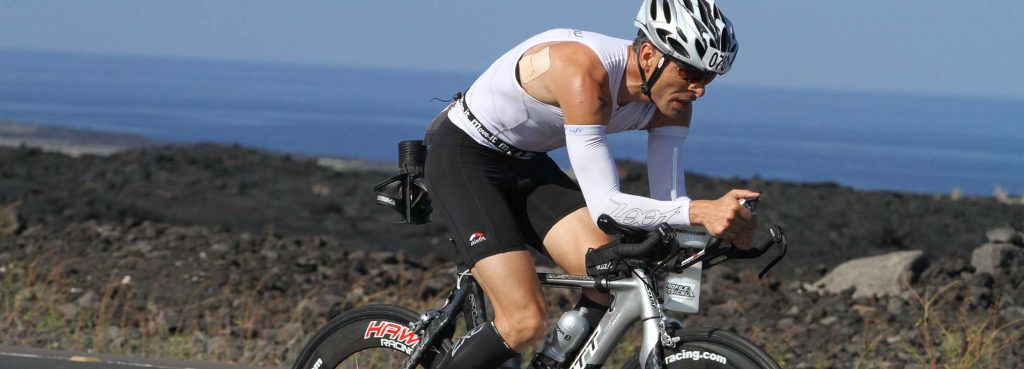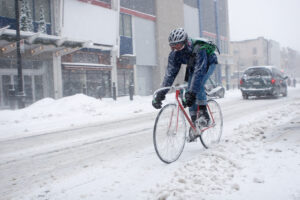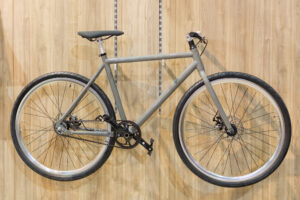For many cyclists, triathlons are the ultimate test of endurance because it combines swimming, cycling, and running – all in one event. Of these, cycling covers the longest distance, and it is the only one that requires equipment besides the human body.
A well-optimized bike fit can enhance your performance, prevent injuries, and help you conserve energy for the run. Here’s a look at what you should do:
Saddle Height and Position
A good place to start making sure your bike is in competitive shape is with your saddle height and position. The height is crucial to achieving a powerful and efficient pedal stroke.
A saddle that is too high can lead to overextension, causing hip rocking and lower back discomfort. On the other hand, a saddle that is too low can limit your leg extension, leading to knee pain and a decrease in power output.
Once your saddle height is set, consider its fore-aft position. The saddle should be positioned so that when the pedals are horizontal, your forward kneecap is directly over the pedal axle.
This alignment helps distribute your weight evenly and reduces stress on your knees. If your saddle is too far forward or backward, you may experience knee or lower back pain, so small adjustments can make a significant difference.
Handlebar Reach
The reach from your saddle to the handlebars is crucial for comfort and control. A reach that is too long can cause strain on your shoulders, neck, and lower back, while a reach that is too short can make breathing difficult and reduce your aerodynamic efficiency.
When properly positioned, your elbows should be slightly bent, and you should feel comfortable maintaining this position for extended periods.
Aerobar Position
For triathletes, aerobars are essential for reducing drag and improving speed. The goal is to find a balance between aerodynamics and comfort. Your aerobar pads should support your forearms without causing excessive pressure, and your elbows should be at about a 90-degree angle.
Your torso should be low, but not so much that it restricts your breathing or limits your ability to generate power. Fine-tuning the width and angle of the aerobars can help you maintain a relaxed, efficient position over long distances.
Cleat Position
The placement of your cleats on your cycling shoes affects your pedaling efficiency and the alignment of your legs. Position the cleats so that the ball of your foot is over the pedal axle.
Also, ensure that your feet are aligned straight ahead, not tilted inward or outward, to prevent knee strain. Small adjustments to cleat position can lead to more effective power transfer and reduce the risk of injury.
Body Alignment
Proper alignment on the bike is essential for both comfort and performance. Your hips should remain level, with no side-to-side rocking as you pedal. Your knees should track in a straight line, not splaying outward or inward. Good body alignment minimizes the risk of overuse injuries and helps you maintain an efficient pedaling motion, allowing you to conserve energy for the run.
As you can see, you want to make sure your bike is in the best shape possible for your triathlon. You can also consider upgrading some of your bike parts, such as your bottom bracket.
Share this post:



